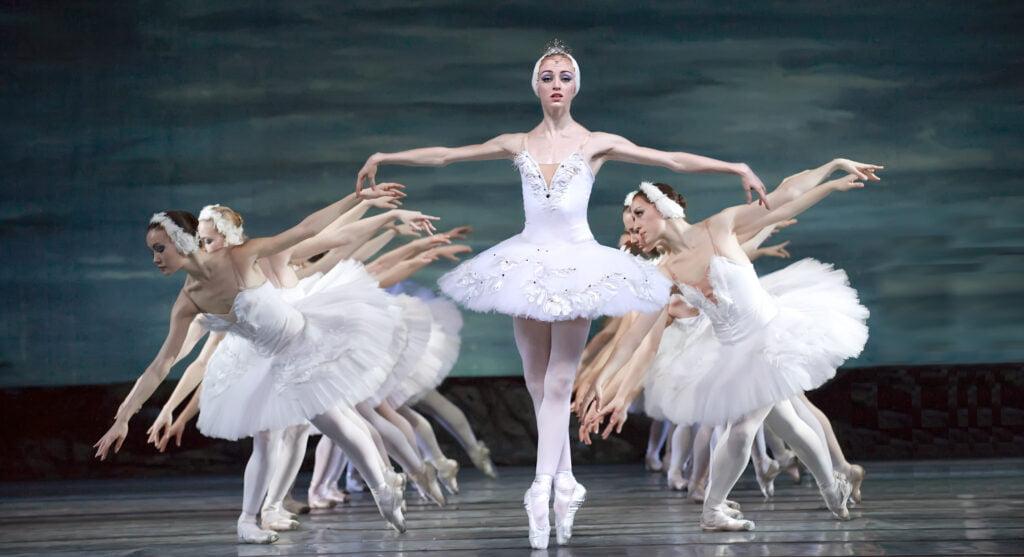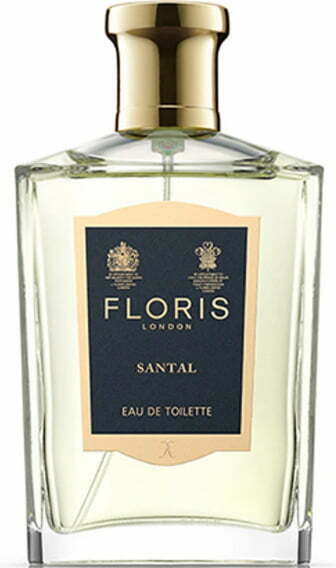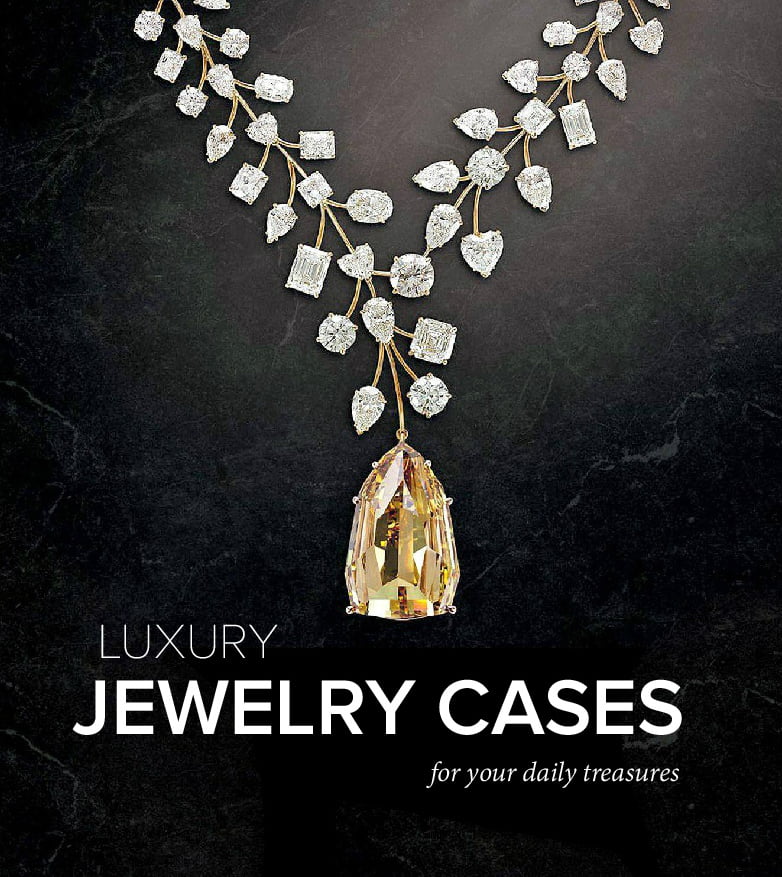RUSSIAN HOUSE

Russian ballet is a form of ballet characteristic of or originating from Russia. Until 1689, ballet in Russia was nonexistent (ballet has its origins in the courts of the Italian Renaissance in the 15th and 16th centuries.) The Tsarist control and isolationism in Russia allowed for little influence from the West.
It wasn’t until the rise of Peter the Great that Russian society opened up to the West. St. Petersburg was erected to embrace the West and compete against Moscow’s isolationism. Peter the Great created a new Russia which rivaled the society of the West with magnificent courts and palaces. His vision was to challenge the west. Classical ballet entered the realm of Russia not as entertainment, but as a “standard of physical comportment to be emulated and internalized – an idealized way of behaving.” The aim was not to entertain the masses of Russians, but to cultivate new Russian people.
Empress Anna (1730–1740) was devoted to ostentatious amusements (balls, fireworks, tableaux), and in the summer of 1734 ordered the appointment of Jean-Baptiste Landé as dancing master in the military academy she had founded in 1731 for sons of the nobility. In 1738, he became ballet master and head of the new ballet school, launching the advanced study of ballet in Russia, and winning the patronage of elite families.
France provided many leaders such as Charles Didelot in St. Petersburg (1801–1831), Jules Perrot (1848–1859) and Arthur Saint-Léon (1859–1869). In the early 19th century, the theaters were opened up to anyone who could afford a ticket. A seating section called a rayok, or ‘paradise gallery’, consisted of simple wooden benches. This allowed non-wealthy people access to the ballet, because tickets in this section were inexpensive.
One author describes the Imperial ballet as “unlike that of any other country in the world …” The most prestigious of the ballet troupes were those attached to the state-supported theatres. The directors of these companies were personally appointed by the tsar, and all the dancers were, in a sense, Imperial servants. In the theatre, the men in the audience always remained standing until the tsar entered his box and, out of respect, after the performance, they remained in their places until he had departed. Curtain calls were arranged according to a strict pattern: first, the ballerina bowed to the tsar’s box, then to that of the theater director, and finally to the general public.
By the early 1900s, the Russian ballet went beyond its borders and infiltrated Paris. It had become its own force and was distinctly Russian, while still being embraced by the Parisian society. In 1903 Ivan Clustine, a Russian dancer and choreographer who had started his career at the Bolshoi Theatre, was appointed Maître de ballet at the Paris Opera. Clustine’s hiring promoted a frenzy of questions about his nationality and choreographic agenda: “His hiring was thought a direct attempt by the Opera to imitate the Russian company; even he thought as much, maintaining, not without despondency, that inspiration too often came from the north: ‘A revolution! A method that people often apply in the country of the tsars.’ Clustine, although acknowledging his nationality with pride, harbored none of the revolutionary intentions that some thought an inevitable consequence of being Russian.”
The Parisians, while denying adoption of the backwards Russian troupe, had distinct Russian influence in their theater. “Despite Clustine’s protestations, several features of the Opera’s post-1909 ballets, along with its institutional conventions and balletic policy, appeared to betray a Russian influence.” The stigma of Russian brutality and force was applied even in Paris. While their style was not only being accepted in Paris, but implemented in Paris theaters, the Ballets Russes were still considered dangerous, even in the theatre of performing art. “
The Ballets Russes, at base, became a metaphor for invasion, an eternal force that could engulf and control, could penetrate the membrane of French society, culture and even art itself.” The embracing of Russian ballet in the Paris society became a point of contention and French nationalism collided with Russian determination. Questions arose about the Russian intention in the Paris theaters under the title “cultural politics” including “the delimitation of boundaries, the preservation of identity and the nature of relational engagements.”
Russia was incapable of simply bringing Russian culture to the West, but created a paranoia of intentions wherever they went. In the beginning, the relationship between Russia and France through the arts was a testimony to their political allegiances. “French critics acknowledged a shared choreographic heritage: French ballet had migrated to Russia in the nineteenth century, only to return, decades later, under the guise of the Ballets Russes. The company, then, moored in a history that intertwined both nations, not only contributed to a cultural programme of exchange.
The Ballets Russes were a testament to Franco-Russian cooperation, goodwill and support; they represented ‘un nouveau resserrement de l’alliance’ (a further strengthening of the alliance).” However, the relationship made a negative turn when duplicity amongst the alliance arose. While Russia continued to borrow money from the French banks, “the Russians no longer interested in supporting French culture and colonial politics.” his duplicity gave fuel for the paranoia and lack of trust we see in the relationship concerning the arts.













